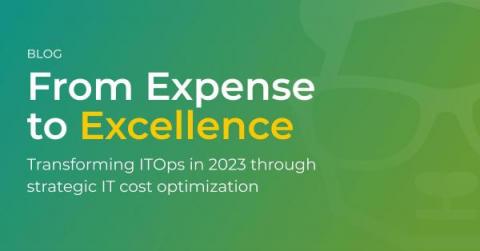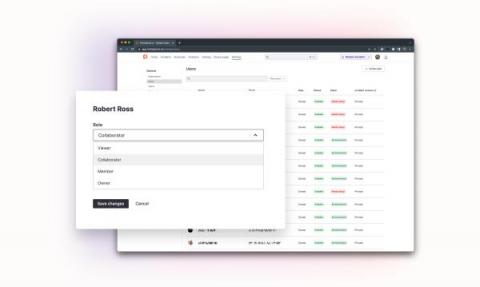Operations | Monitoring | ITSM | DevOps | Cloud
Incident Management
The latest News and Information on Incident Management, On-Call, Incident Response and related technologies.
How Schneider Electric reduced MTTI and alert noise by consolidating monitoring tools
Incident Management vs Problem Management
In the dynamic landscape of IT service management, ITSM, two concepts reign supreme - Incident Management and Problem Management. They might seem similar, and many use these terms interchangeably, but they serve distinct purposes. Through this article, we’ll navigate the nuanced differences between Incident Management and Problem Management, and apply these concepts in our own approach to incident management.
Synchronizing mental models
In the heat of an incident, having a clear and shared understanding of what’s going on is absolutely crucial to effective response. But often what actually happens is that people involved in incidents build their own picture and narrative of the event, shaped by their own expertise, their past experiences, and what they’re seeing and hearing as the incident develops. The pictures and perspective people build is often referred to as a mental model.
Strengthen Your DORA Metrics with PagerDuty
For technical teams, the findings from DORA provide a model for measuring and improving performance. With almost a decade of data gathered from more than 33,000 professionals worldwide, the capabilities and frameworks detailed by the research help teams pinpoint areas for improvement and areas to celebrate. The team at DORA categorizes capabilities into three sections: Technical Capabilities, Process Capabilities and Cultural Capabilities.
The Art of Alert Management
With the ever-growing landscape of digital technology and the internet of things (IoT), businesses are becoming increasingly reliant on complex systems to monitor and manage their operations. This dependency has resulted in an explosion of alerts and notifications, overwhelming IT teams and affecting overall productivity. It’s never been more critical to have an effective alert management strategy in place to ensure the smooth running of your organization.
Announcing Catalog - the connected map of everything in your organization
One of the most painful parts of incident response is contextualizing the problem and understanding how and where it fits within your organization. If responders are unable to answer basic questions such as: Then you waste valuable time talking to the wrong people or solving the wrong problems — ultimately extending impact and hurting your response. It’s a common issue that, up until now, didn’t have a clear solution or workaround.
From Expense to Excellence: Transforming ITOps in 2023 through Strategic IT cost optimization
Most organizations view their tech and network operations center and their budgets as simply the cost of running their internal and external IT services. However, through IT cost optimization, you can improve how your Ops center team responds to service issues and save valuable resources too. So, what specifically is IT cost optimization?
Upgraded role-based access control brings more visibility - and control - to incident management at your organization
We’ve long believed that incidents (and technical team cultures) improve when more people are empowered to declare, follow, and contribute to their resolution. But not everyone in an organization needs to be able to manage the processes, rules, and settings a company enforces for their incident programs.











